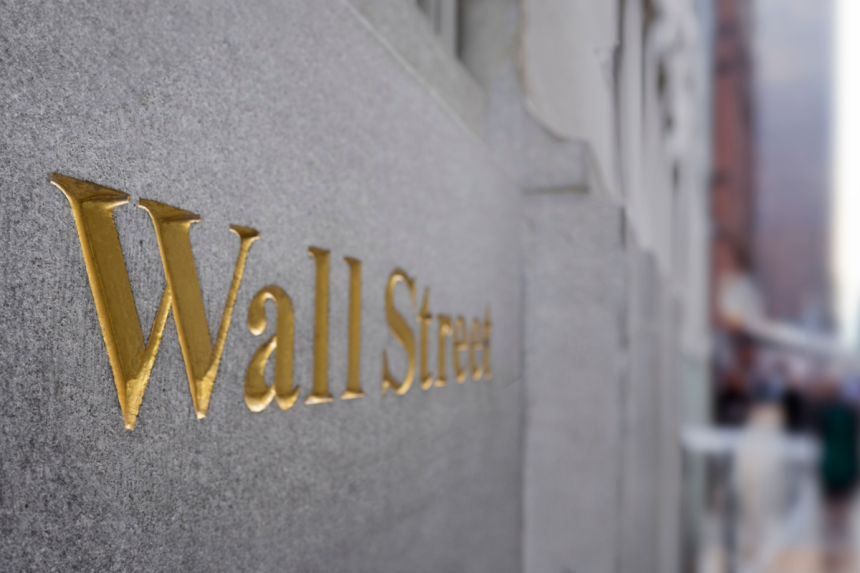Markets Start September Lower
U.S. stocks opened September on a weak note, dragged lower by renewed tariff concerns and rising bond yields. The Dow Jones Industrial Average fell 441 points, or 1%. The S&P 500 slipped 1.3%, while the tech-heavy Nasdaq Composite dropped 1.6%, marking its first back-to-back 1% decline since President Donald Trump’s sweeping tariff policy rollout in April.
Investors moved to lock in profits after a strong summer for equities. Nvidia shares slid 3%, while Amazon and Alphabet each fell about 2%, highlighting pressure on Big Tech, which had led much of this year’s rally.
Tariff Ruling Adds Uncertainty
The weakness followed Friday’s federal appeals court ruling that most of Trump’s tariffs are illegal, with the court determining that only Congress can impose sweeping levies. Trump dismissed the decision as “Highly Partisan” and vowed to appeal to the Supreme Court.
Bond markets reacted sharply, with investors betting that tariff revenues may need to be refunded, worsening U.S. fiscal pressures. This uncertainty added another layer of volatility to an already fragile market.
Yields Hit Multi-Year Highs
The 10-year Treasury yield climbed to 4.28%, while the 30-year yield topped 4.97%. Rising long-term yields raised fears that equities, particularly high-growth names, may struggle at stretched valuations.
“A 30-year Treasury of 5% is a headwind, no doubt about it,” Ross Mayfield, investment strategist at Baird Private Wealth Management, told CNBC. “I think it’ll continue to be a thorn in the side of equities that are trading at fairly stretched valuations.”
Seasonal Weakness Ahead
September has historically been the weakest month for stocks, with the S&P 500 averaging a 4.2% decline over the last five years. Despite strong momentum in August, which saw the S&P 500 notch five new record highs and climb above 6,500, analysts warn the market could surrender some gains as it waits for new catalysts.
The key event this week is Friday’s August jobs report, which could shape expectations for the Federal Reserve’s upcoming interest rate decision in mid-September. Investors are watching closely to see whether cooling inflation and weakening labor data push the Fed toward a long-awaited rate cut.






